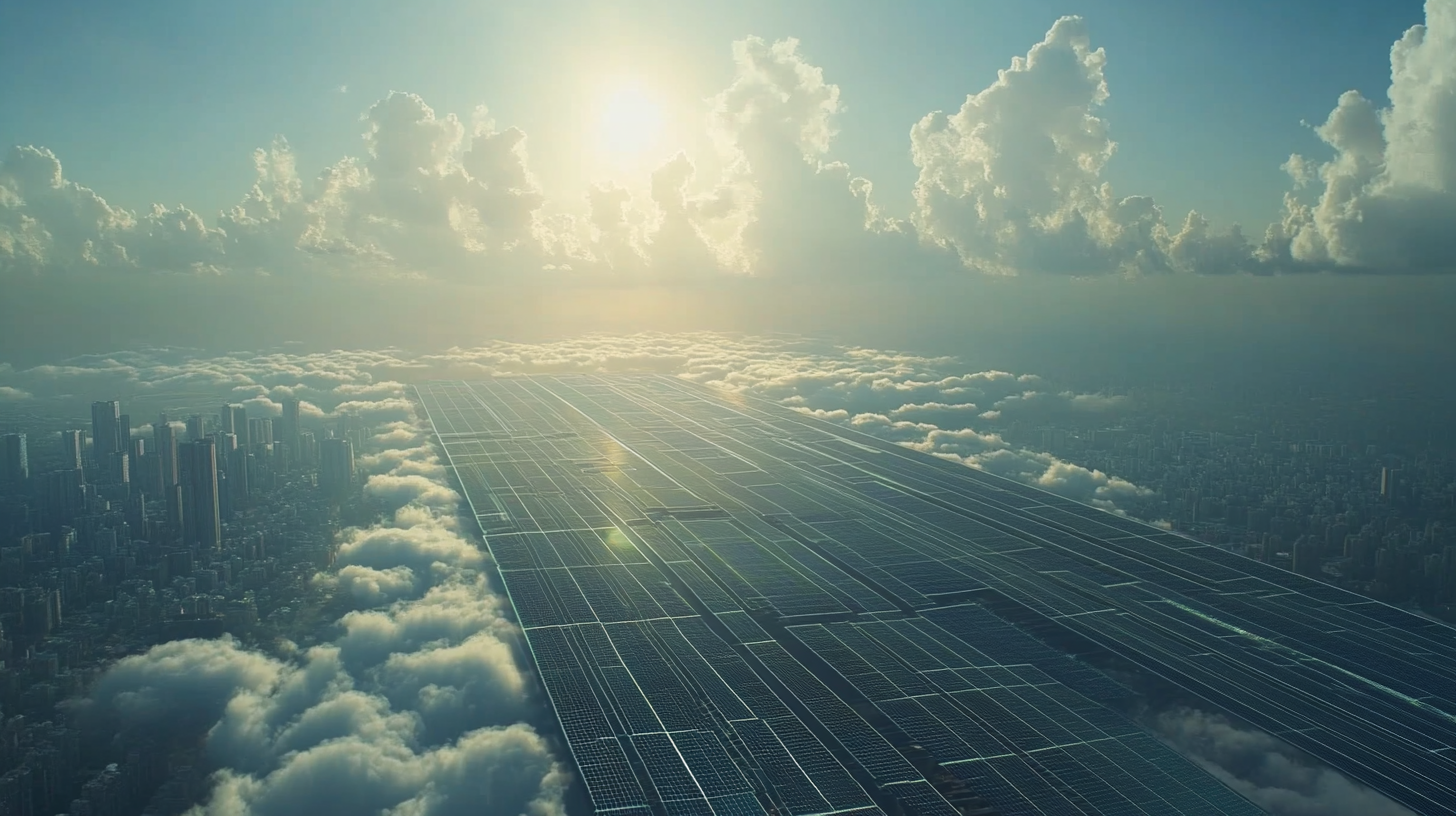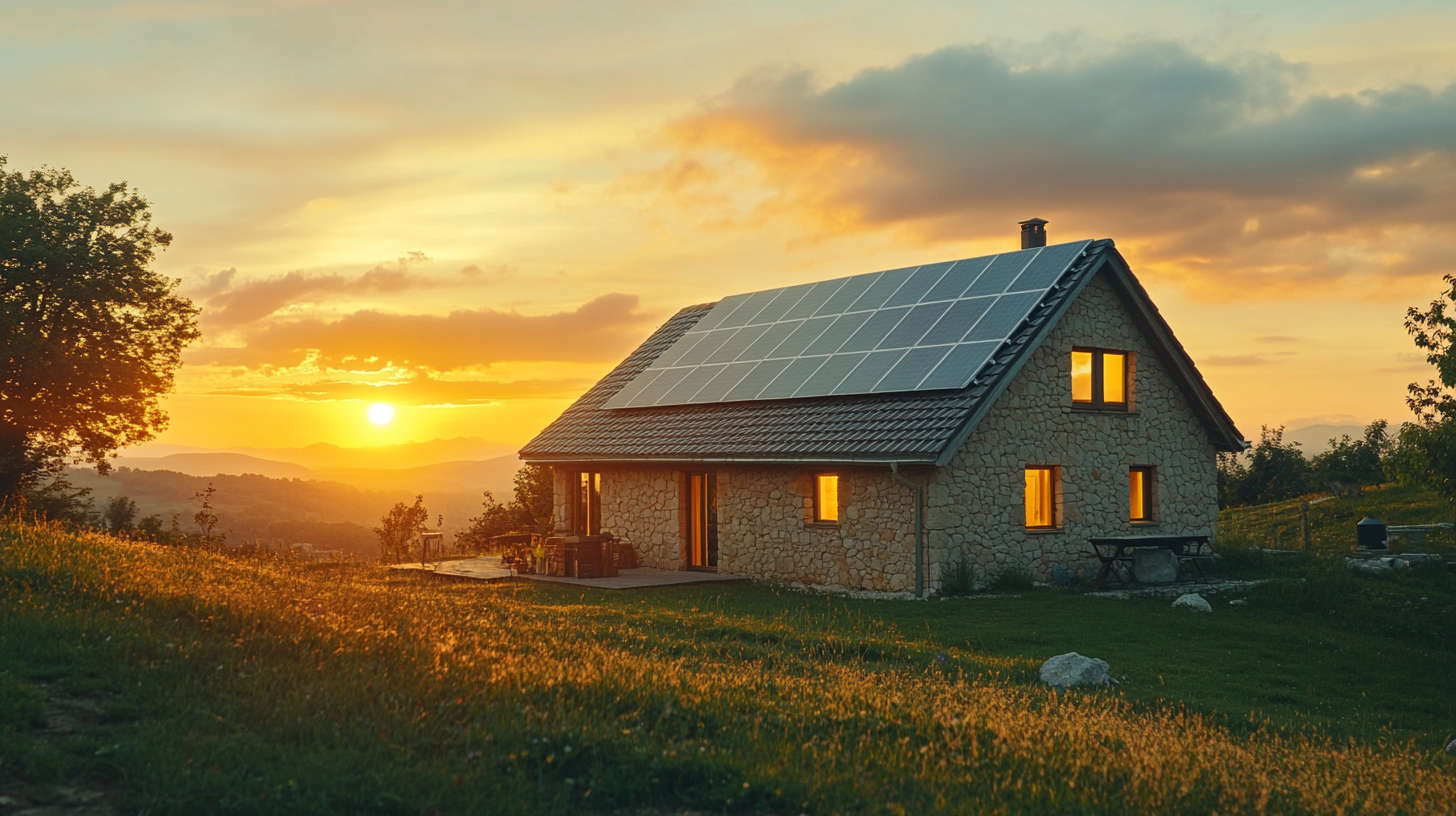The Era of Solar Led Empowering Sustainable Futures
In recent years, the world has witnessed a transformative shift toward sustainable energy solutions, with innovations emerging to address the pressing environmental challenges we face. At the forefront of this movement is the use of Solar Led technology, which harnesses solar energy to power lighting solutions beyond traditional methods. The combination of solar power and LED efficiency not only reduces our carbon footprint but also provides communities with accessible and reliable energy sources. As the demand for sustainable development grows, Solar Led shines as a beacon of hope and innovation, promoting eco-friendly practices that can significantly lower energy costs and enhance quality of life.
The integration of Solar Led systems into urban and rural landscapes marks the dawn of a new era in sustainable living. These systems not only represent a crucial step toward energy independence but also empower individuals and communities by providing a consistent light source without dependence on fossil fuels. With the potential to illuminate streets, homes, and remote areas, Solar Led technology is revolutionizing our approach to energy consumption and paving the way for a greener, more sustainable future. As we delve deeper into this topic, we will explore the multifaceted benefits of Solar Led and how it can contribute to a more sustainable and resilient world.

The Increasing Efficiency of Solar LED Technology in Energy Generation
The increasing efficiency of solar LED technology marks a significant turning point in the pursuit of sustainable energy solutions. As global energy demands rise and environmental concerns become more pressing, the integration of solar-powered LEDs is transforming how we generate and utilize energy. This innovative technology harnesses the power of the sun, converting solar energy into electricity that can efficiently illuminate homes, streets, and public spaces. Recent advancements in solar LED technology have led to substantial improvements in energy conversion rates. Modern solar panels are now capable of capturing more sunlight than ever before, thanks to innovations in materials and design. Coupled with energy-efficient LED fixtures, this synergy results in a lighting solution that not only reduces electricity consumption but also extends the lifespan of lighting systems. As a result, cities and businesses are progressively adopting solar LED installations, reducing their carbon footprint while significantly cutting energy costs. Moreover, the versatility of solar LED technology allows for its application in various settings, from remote areas lacking electrical infrastructure to urban environments seeking to enhance sustainability. The portability and self-sufficiency of solar LEDs empower communities to embrace renewable energy practices, fostering resilience against energy crises and promoting energy independence. With ongoing research and investment in this field, the future of solar LED technology appears bright, paving the way for a more sustainable and eco-friendly global landscape.

Global Solar Power Capacity: A Numeric Overview of Growth and Impact
The global solar power landscape is witnessing unprecedented growth, fundamentally transforming the approach to sustainable energy. In recent years, solar energy has emerged as a pivotal player in meeting the world's electricity demands. The latest insights reveal that the US solar industry marked a historic milestone by installing 9.4 gigawatts of capacity in just the second quarter of 2024, underscoring the rapid ascent of solar technologies on a global scale. As solar installations proliferate, the reliance on fossil fuels is gradually diminishing, positioning solar as a cornerstone of future energy strategies.
China's dominance in renewable energy is another significant aspect of this transformation. Over the past two decades, the country has rapidly expanded its renewable capacity, leading the world with remarkable achievements driven by innovation and investment. This shift not only elevates energy independence but also aligns with global commitments to reduce carbon emissions and combat climate change. The surge in demand for renewables acts as a catalyst, providing an impetus for further technological advancements and resource allocation toward solar initiatives.
Furthermore, recent data reveals that solar energy generation peaked to account for 20% of the world's electricity generation during the summer solstice, highlighting its vital role in the energy mix. As the momentum behind solar energy continues to grow, it is clear that we are on the brink of a major transition—a transition where solar energy will increasingly dominate the electricity markets and lead the way toward sustainable futures.

The Role of Solar LEDs in Reducing Carbon Footprints and Emissions
In recent years, the global focus on sustainability has intensified, prompting innovations that significantly reduce carbon footprints and emissions. One of the most notable advancements in this realm is the rise of solar LED technology, which combines the benefits of solar energy with the efficiency of LED lighting. This synergy not only offers an eco-friendly alternative to traditional lighting solutions but also plays a pivotal role in mitigating environmental impact.
Solar LEDs operate by converting sunlight into electricity, which is then used to power energy-efficient LED lights. This process eliminates dependence on fossil fuels and reduces greenhouse gas emissions, significantly contributing to lower carbon footprints. In remote areas, where access to conventional power sources is limited, solar LEDs provide an invaluable solution for lighting streets, homes, and public spaces. Their application also leads to a reduction in energy costs while promoting energy independence and resilience against fluctuating energy markets.
Furthermore, solar LEDs can be integrated into various sectors, including urban development, agriculture, and disaster relief. By illuminating public spaces and pathways, they enhance safety and encourage nighttime economic activity, fostering community growth. In agriculture, solar-powered LED lights can extend growing seasons for crops, optimizing productivity while reducing reliance on energy from non-renewable sources. As more communities and businesses embrace solar LED technology, the pathway to achieving sustainable futures becomes clearer, highlighting the importance of responsible energy usage in our evolving world.

Cost-Effectiveness of Solar LED Solutions: A Comparative Analysis
The increasing demand for sustainable energy solutions has made solar LED technology a focal point of innovation in recent years. Solar LED lights not only harness renewable energy from the sun but also offer an array of cost-effective solutions that are transforming public and private spaces alike. This comparative analysis delves into the financial benefits of solar LED systems versus traditional lighting options, highlighting their long-term advantages.
One of the primary cost advantages of solar LED solutions is their significantly reduced energy consumption. Unlike conventional electric lights, which rely on grid power and incur ongoing electricity costs, solar LEDs operate independently due to their solar panels. This leads to substantial savings on electricity bills, making them an attractive option for municipalities and businesses aiming to cut operational costs. Additionally, the low maintenance requirements of solar LEDs further enhance their cost-effectiveness, as they are designed to withstand harsh weather conditions and typically have a longer lifespan than traditional lighting solutions.
Moreover, integrating solar LED technology into urban planning not only contributes to economic savings but also promotes sustainability. The initial investment in solar LED installations may be higher; however, incentives such as tax breaks, grants, and the decreasing price of solar technology can offset these expenses. By adopting solar LEDs, communities can pave the way for a greener future, showcasing a commitment to reducing carbon footprints while enjoying the economic benefits of this innovative lighting solution.
Innovative Applications of Solar LEDs in Urban and Rural Settings
In the transition towards sustainable energy solutions, solar LEDs have emerged as a vital technology bridging the gap between urban innovation and rural accessibility. According to a report by the International Energy Agency (IEA), the global demand for LED lighting is projected to grow by 30% annually over the next five years, with solar-powered versions gaining significant traction. These lights not only consume up to 75% less energy compared to traditional incandescent bulbs but also offer a viable solution in remote areas where conventional electricity supply is limited or non-existent.
In urban settings, solar LEDs are revolutionizing public spaces. Smart street lighting, equipped with motion sensors and solar panels, not only enhances nighttime visibility but also reduces energy costs by up to 50%. A study by the National Renewable Energy Laboratory (NREL) suggests that cities implementing solar LED streetlights can significantly lower their carbon footprint while improving safety and aesthetic appeal in public areas. Cities like San Diego have witnessed firsthand the benefits, reporting a 25% reduction in energy consumption after switching to solar LED technology.
Rural communities are experiencing the transformative effects of solar LEDs in unprecedented ways. Many regions lack access to reliable electricity, making solar LEDs a game changer. The World Bank estimates that around 1.2 billion people live without electricity, and solar solutions provide a path to energy independence. With the installation of solar-powered LED lights in schools and clinics, communities can extend productive hours and improve safety, thereby enhancing the quality of life and fostering economic growth. This innovation not only addresses energy scarcity but also empowers rural populations to achieve sustainable development goals effectively.

